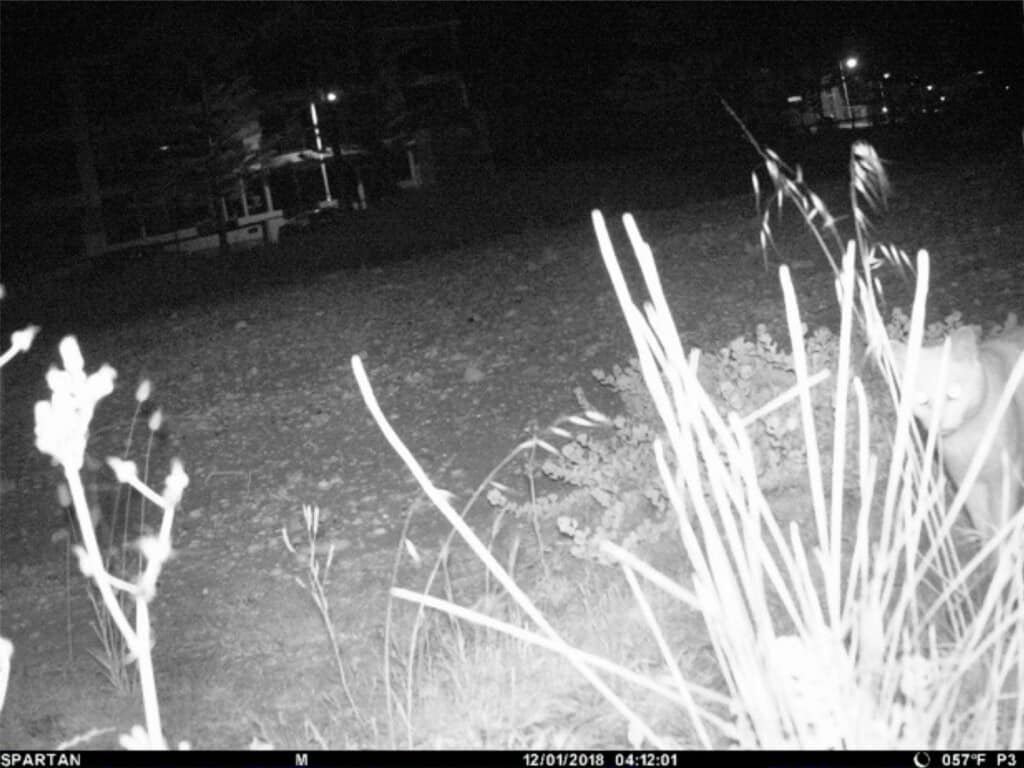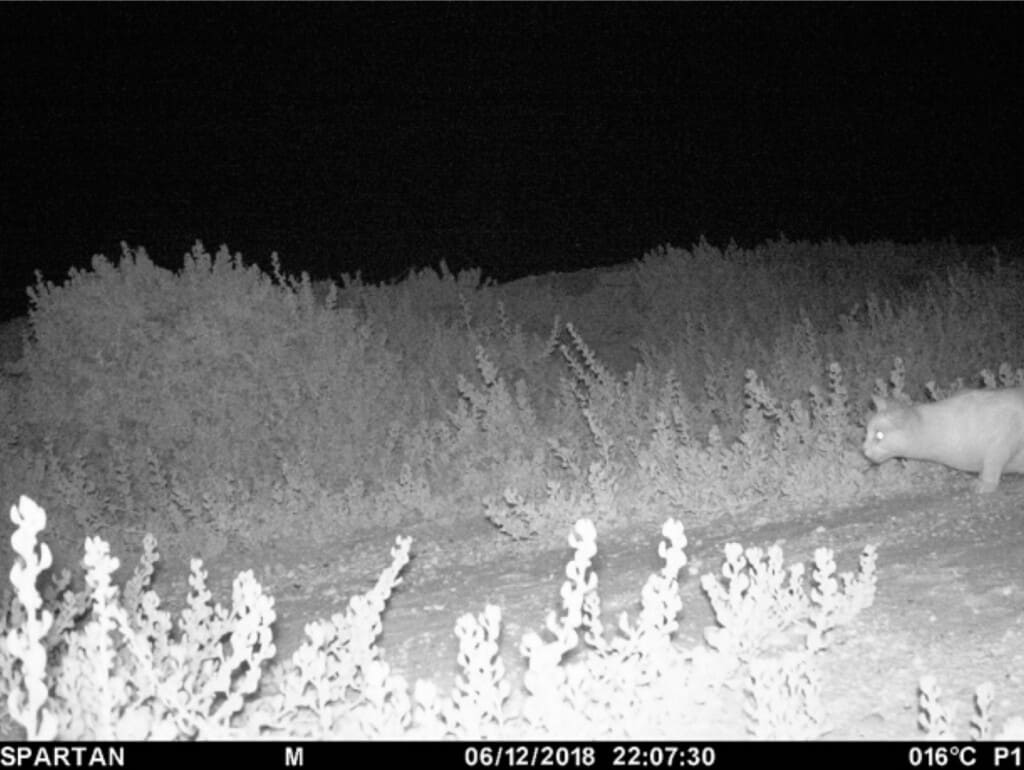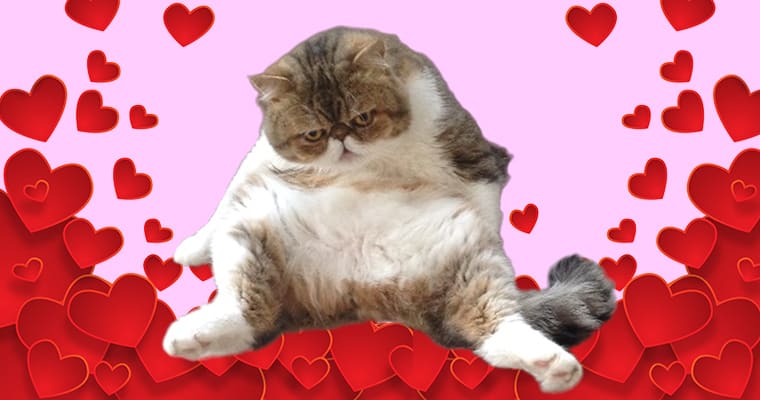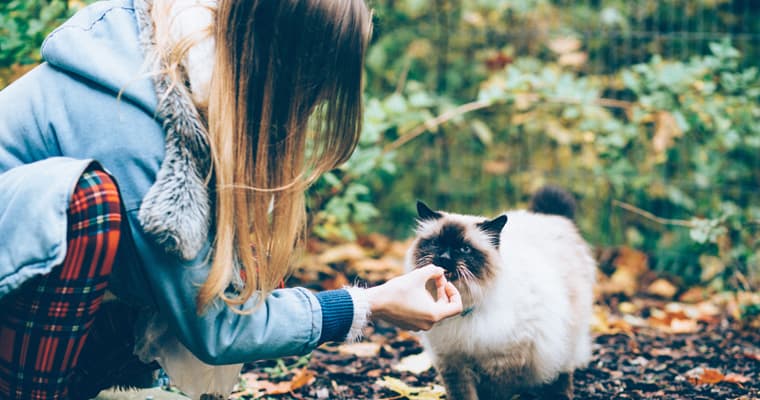Just how much damage can a single cat inflict on a single colony of terns?
The Australian fairy tern is a small beach-nesting seabird endemic to Australia. It can be found on our southern and western coastlines and, according to the 2010 Action Plan for Australian Birds, is considered vulnerable to extinction.
At the mouth of the Peel-Harvey Estuary in Mandurah, Western Australia, a small colony nests at a sanctuary established in 2017 after a major loss of habitat due to development of the Mandurah Ocean Marina in 2001. The site, together with another nearby colony, is managed to protect breeding habitat and reduce the impact of visitors, dogs and cats.
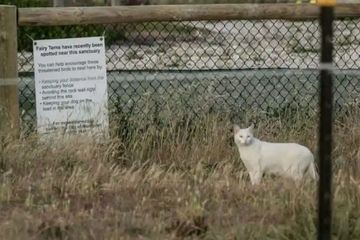
Monitoring of the colony last summer recorded 111 nests, but six adults and 40 nestlings were lost to predation. Not a single bird successfully fledged.
Wildlife cameras, direct observations of cats entering the tern colony at night, decapitated carcasses of adult terns, dead, injured or missing tern chicks, and cat tracks and scats around the colony provided strong evidence of cat predation.
Further investigation revealed that just a single male cat was to blame for the unfolding disaster.
Not only was the cat responsible for the loss of most of the birds, its presence seemed to unsettle the parents to the point that made the chicks more vulnerable to a native predator, the kestrel. By 11 December, the colony had been abandoned, except for seven chicks that were being fed by adults, but even they were eventually taken by a kestrel.
Free roaming, free feeding
The death of six breeding terns from the population was a considerable loss for this threatened species and highlights the significant negative impacts of free-roaming cats on wildlife.
The cat had been owned and was desexed, but abandoned.
In their paper documenting this case Claire Greenwell, Michael Calver and Neil Loneragan argue that trap-neuter-release programs that are often used as a humane response to tackle cat overpopulation fail to address the ongoing problem of cat predation, and that highly specific and targeted measures are required to protect vulnerable species such as beach-nesting birds.
Their study provides further evidence that it is not always the total number of cats that is the most critical factor for threatened species conservation, but their particular vulnerability to a single cat that has learned how to get an easy meal.
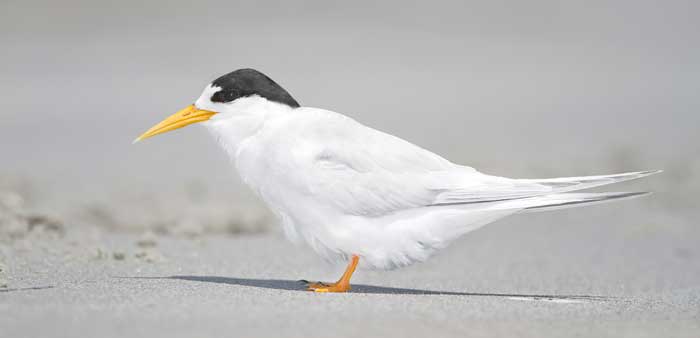
More info
The study by Claire Greenwell, Michael Calver and Neil Loneragan can be accessed at https://doi.org/10.3390/ani9070445

